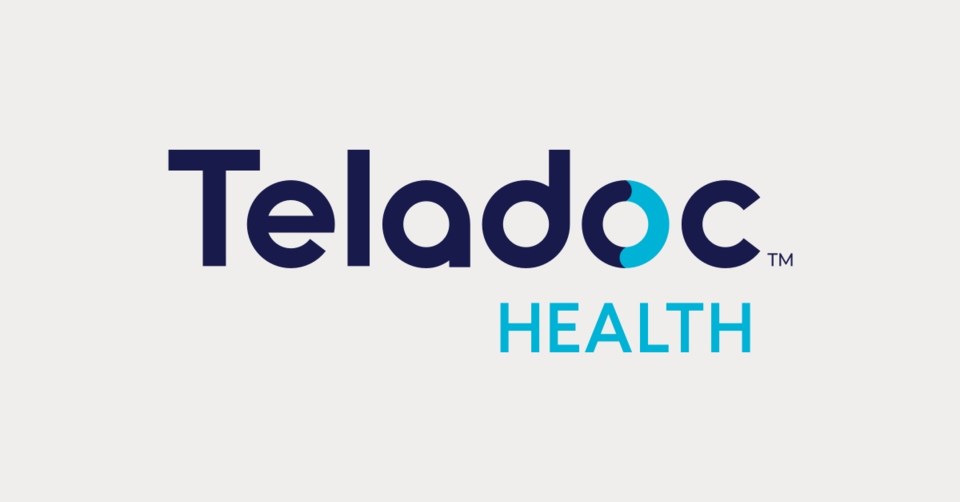An implausible study by an outfit called Teladoc Health has found that two-thirds of young adults aged 18 to 25 say mental-health episodes have affected their job performance.
In one respect, there’s no surprise here. Teladoc Health is a self-proclaimed global virtual care leader “helping millions of people resolve their health needs with confidence.” For reasons I’ll come to in a moment, that might better read “causing millions of people to believe they have health needs when they don’t.”
The company also says: “We are creating a new kind of health-care experience — one with greater convenience, outcomes, and value.” No. They are creating a new kind of profit-seeking model.
The study was based on 1,000 people in the U.S., 964 in Canada, and 930 in Australia. Right from the start, that’s a problem.
The population of the U.S. is roughly 10 times that of Canada, and about 13 times that of Australia. The sample sizes should have been adjusted accordingly, to prevent under-weighting the American experience, where population health status varies quite a bit from ours.
But coming to the heart of the matter, among the symptoms Teladoc defines as mental-health episodes are “feeling stressed or anxious,” and “feeling burned out.” Casting the net that widely, I’m surprised they didn’t report that 100 per cent of the population have mental-health problems.
There is a genuine issue here. The modern work site is more complex, at least to a degree, than in days gone by (though also much safer).
Many employees are beset with agitating devices such as cellphones, late-night texts from the boss, emails that won’t let up and so on. These definitely have affected the quality of life in the workplace.
But to call this a “mental-health crisis,” as Teladoc does, is not just a huge over-reach, it is a serious disservice to people who have genuine mental health problems. If two-thirds of the young adult population need treatment, where do those folks go who truly require help?
For that is another aspect of this over-hyped study. Respondents who reported “mental-health episodes” were then asked what help, if any, had been offered them, either by health professionals or employers. The implication, of course, is that they needed help.
And many replied (not surprisingly, since stress is an almost universal workplace reality) that assistance had not been provided. I can only say, thank heavens, for otherwise people in real trouble will be buried under a landslide of clamouring workmates.
The harm done by this kind of study is insidious. It encourages people dealing with no more than the ordinary pressures of work and life to consider themselves mentally ill.
I understand entirely the benefit that confers on companies like Teladoc. And perhaps this is a grouch from a member of the older generation.
But wellness isn’t just a medical state of being. It is also self-perceived. How people, particularly impressionable young adults, perceive themselves, is affected by the labels that get stuck on them.
A far better course of action would be to suggest stress-relieving measures, such as playing a sport, working out at the gym or taking dance lessons.
Even just spending time outdoors is known to help. The Canadian Network for Mood and Anxiety Treatment recognizes exercise as a front-line, standalone treatment, on par with anti-depressants and psychotherapy.
In other words, instead of inviting kids to obsess about their difficulties, real or imagined, and worse still giving them drugs, offer a diversion.
And as a last thought, 75 years ago this month, young men were fighting their way inland after the D-Day landings. Somehow they managed it without requiring “virtual” mental health care.



